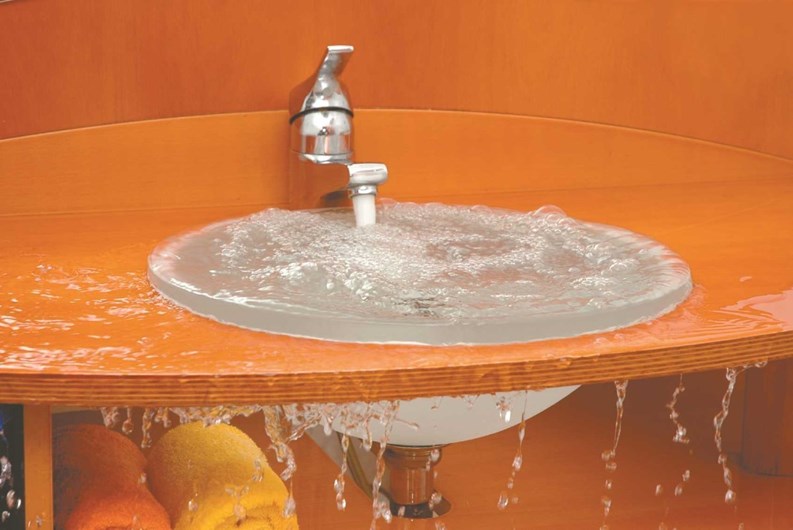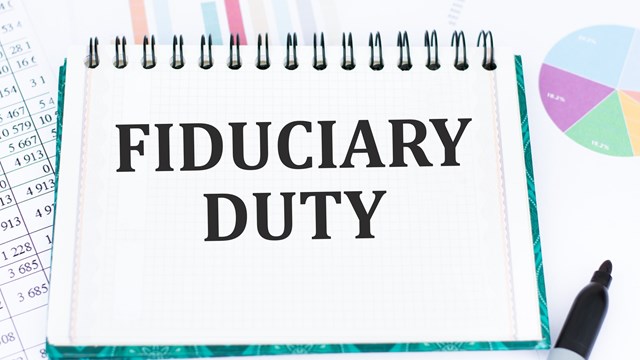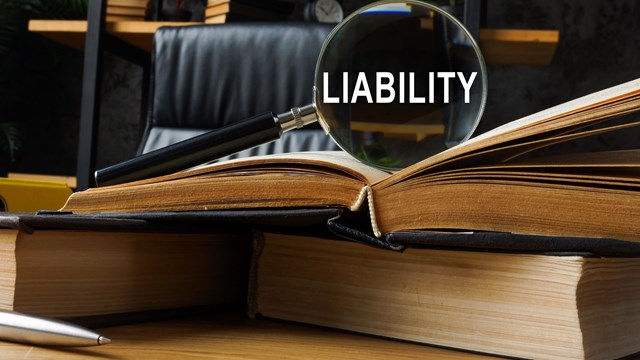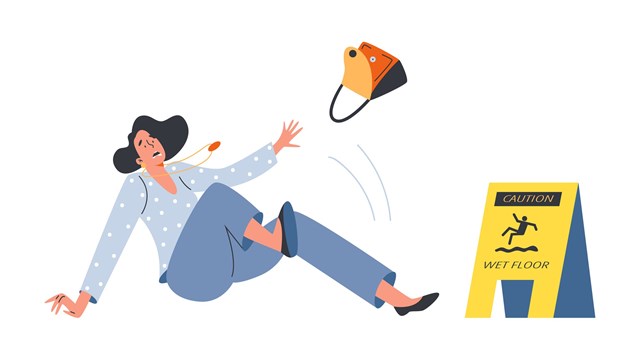When you live in a Manhattan co-op or condo, one of the things that you need to be aware of is what sort of building systems exist on the property, and more importantly, which of these you are accountable for.
When it comes to most buildings systems, such as HVAC or security, the responsibility falls to the building itself to maintain and repair. But the responsibility for all systems is not so clear cut. Especially for elements like pipes and radiators that are part of a building-wide system, but which terminate in private apartments.
“Each proprietary lease should be reviewed to determine where the cooperative’s responsibility ends and the apartment owner’s responsibility begins,” says David L. Berkey, Esq., a managing partner of Gallet Dreyer & Berkey, LLP, a law firm specializing in real estate law and associated practice areas in Manhattan. “Many leases, over time, have been amended to reflect the actual construction of an individual building and the terms of one lease can not be relied upon as a form for all buildings.”
There are many variations, both in the language of the proprietary lease and in the policies adopted by boards regarding repairs. That’s why it’s vital to clarify who is liable for repairs, upkeep and maintenance for all building systems before something happens and you’re left footing the bill for the damage.
Up to the Building
“The typical cooperative is responsible for every portion of the building except that which is specified to be the obligation of the shareholder,” says Marcie Waterman Murray, an attorney with the co-op/condo law firm of Deutsch Tane Waterman & Wurtzel, PC in Manhattan. “The typical condo is responsible for those building portions designated as common elements—roof, building walls, elevators, public hallways—depending on the language in the declaration.”
Common elements may also include apartment windows and apartment entrance doors, and all of this should be clearly laid out in the bylaws or governing documents of the building.
“The building systems that service more than one tenant-shareholder are usually the responsibility of the cooperative to maintain and repair,” Berkey says. “These include, HVAC, plumbing, electricity, elevators, compactors, intercoms and similar systems.”
The standard rule of thumb is that anything inside the walls of the apartment is the responsibility of the shareholder and outside the walls falls to the building.
“But as a building, you can’t just turn you back if someone has a leaky faucet that is using corporate funds and you have to address that,” says Alex Kuffel, executive vice president of Pride Property Management in Manhattan. “Communication with residents needs to be specific in the very beginning on whose responsibility [the faucet] is. If it is the residents’ responsibility, you cannot delay in getting it repaired because it gets expensive and can cause greater damage.”
Don’t Get Caught Off-Guard
Most apartment owners are responsible to repair those portions of building systems that are exposed and visible within an apartment. Some examples of this include exposed gas, steam and water pipes attached to fixtures, appliances and equipment to which they are attached, such as exposed pipes leading to radiators, convectors, sinks, toilets, washing machines, dryers, dishwashers and refrigerators as well.
“A typical proprietary lease provision makes the shareholder responsible for the interior of the apartment, including interior walls, floors and ceilings, plumbing, gas, heating fixtures and anything installed by the lessee.” Murray says. “ In the typical condo, unit owners are responsible for everything inside a unit except for defined common elements and structural repairs to certain limited common elements.”
Shareholders are also responsible for lighting and electrical fixtures, appliances, meters, fuse boxes, circuit breakers and electrical wiring and conduits from the junction box at the riser into and through the apartment.
“Additionally, apartment owners often perform renovations to their apartments and replace pipes and fixtures that may have originally been the cooperative’s obligation to maintain and repair,” Berkey says. “Most alteration agreements and many proprietary leases change the allocation of responsibility for maintenance and repair of new tenant installations and place the obligation for future repairs and maintenance of these new installations on the tenant-shareholder.”
Up for Debate
There often is a division of responsibility when a portion of the building system is visible as part of the interior of an apartment, such as the individual convector unit that blows heated or cooled air within an apartment, the intercom handsets, or interior plumbing fixtures.
“The systems and portions of the systems that are not within the apartment or that are located within the walls, floors and ceilings and are not visible, would commonly be the cooperative’s responsibility to repair,” Berkey says. “This obligation shifts back to the tenant-shareholder if the tenant-shareholder damaged the system and caused the need for its repair or replacement.”
Even though the lease might impose the maintenance and repair obligation on the apartment owner, many boards of directors prefer to have repairs of those portions of the building systems that are visible within an apartment to be performed by the cooperative’s contractors, to assure uniformity and quality of repairs.
“Some cooperatives will perform such repairs and replacements at no charge to the tenant-shareholder as a matter of cooperative policy, even though the lease provides that it is the owner’s obligation to make such repairs and to pay for such replacements,” Berkey says.
Buildings vary on what they will take accountability on and what they won’t. Some buildings have even overwritten original documents to spell out why they should now be responsible for something they weren’t in the past.
“Some buildings have a boiler system and amended their house rules because even though the radiator is in one’s apartment, it is still part of the heating system for the entire building, so the building will be responsible for any repair and maintenance required,” Kuffel says. “Other buildings say it’s exposed from the wall and your responsibility. It’s different in every building.”
Kuffel knows of one condo in the city that had this issue surface this summer. “This building uses heat pumps for their heating and cooling needs, and the unit owners are responsible for maintaining and repairing their own heat pump units,” he says. “What happened is one of the air conditioner systems leaked in an apartment, damaged the floor, and caused problems for the apartment below. The building’s bylaws indicate that only if there is a fire or any other casualty is the building is responsible for repairing the [resulting damage]. The unit owner’s homeowner’s policy however, said the building is responsible for [the leak damage]. On top of that, the building’s insurance policy said that they were responsible—but had to pay the deductible. It doesn’t make sense to me; if you already have someone responsible for repair and maintenance, why is the building responsible for it? It’s a very gray area that needs to be sharpened up.”
Making it Clear
Obviously there have been some mighty big arguments through the years over who’s responsible for things that have gone wrong, and therefore it is vital that people understand their responsibilities when they first move in.
“When our firm reviews a cooperative’s proprietary lease, we interview the board carefully to determine how the cooperative has charged for repairs and replacements of portions of building systems located in apartments in the past. [We also look at] what the board members believe is the optimum policy for allocation of such expenses in their building; and what the likelihood is for tenant-shareholders in the building to approve a change in allocation of responsibility for repairs,” Berkey says. “We then suggest improvements to the repair clauses of the lease which allocate responsibility between the cooperative and tenant-shareholder. We always suggest that the alteration paragraph of the proprietary lease require the tenant-shareholder to sign the building’s form of alteration agreement as a condition of obtaining board approval for any changes.”
The board should communicate with the building’s tenant-shareholders and advise them of their building’s policies regarding repairs, replacements and apartment alterations. This will avoid claims that tenant-shareholders were not aware of their obligations.
“Certainly the best way to avoid conflict and confusion regarding responsibility is to have the responsible party designated in the proprietary lease or condominium bylaws,” Murray says. “It helps if the co-op/condo is consistent in its treatments of the situation each time it arises and it is useful for the applicable responsibility to be communicated to all shareholders/unit owners in writing.”
In a co-op where a lease amendment has not been passed, the board could pass a house rule interpreting the lease so that everyone is given notice as to who is responsible for a given item.
“We like to put together a building information sheet which is a general guide to the fundamentals of the corporation,” says Kuffel. “Communication is key so that there are no misunderstandings.”
Keith Loria is a freelance writer and a frequent contributor toThe Cooperator.










15 Comments
Leave a Comment